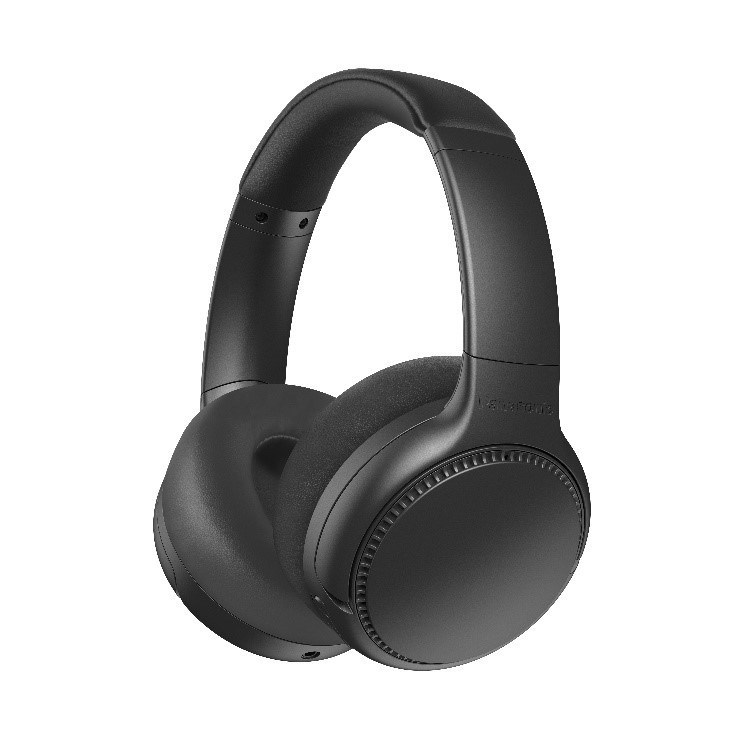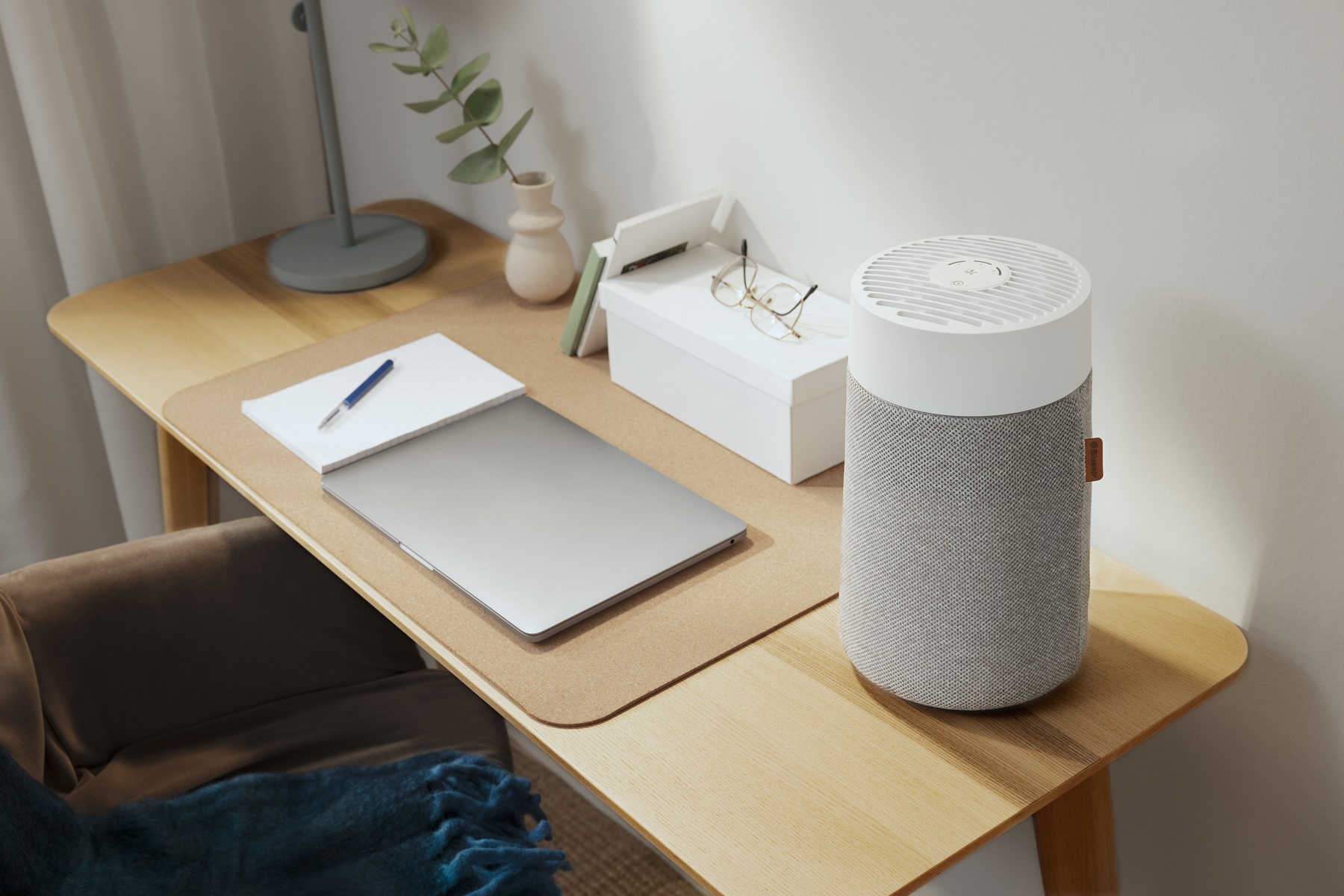Tips for Setting Up Your Home Network for the First Time

A reliable network supports many routine activities—online shopping, Netflix streaming, and smartphone use, to name a few. If you’ve taken on the responsibility of setting up your home network for the first time, you may not know where to start. We’ve compiled a handful of tips for an easier network setup.
What You’ll Need
Before you start on your network setup mission, you must gather your network components. If you don’t know everything that includes, know that your network will work just fine with the following.
- Router: The router connects the network to the internet.
- Wireless Access Point: Should you opt for a wireless setup, the access point will connect Wi-Fi devices to the network.
- Ethernet HUB or Switch: These items establish a connection between the network and devices that use Ethernet for wired systems.
- Ethernet Cables: A reliable Ethernet cable connects devices to the HUB.
- Broadband Filter: A filter enables you to use one telephone line for both broadband and phone setups. Without it, you’ll likely experience interference with either phone or internet connection.
Be Mindful About Router Placement
Because routers don’t make the most elegant of décor, homeowners often try to tuck them away. However, router placement can greatly impact a wireless connection. Your router’s location should be somewhere in the home where its connection can adequately reach rooms with wireless devices.
Personalize Your Network Name and Router Password
Always change your network’s name and password shortly after getting it. Your router comes equipped with a standard Service Set Identifier (SSID) name and password. If you forget to customize your router, it becomes much more susceptible to cybercriminals.
Select Your Additional Wired Network Equipment
Should you need tips for setting up your wired home network for the first time, you must determine which Ethernet cables are right for your home. We’ll provide a brief breakdown of different Ethernet cable types to choose from and which work best for home use.
- Cat5e: This type of Ethernet cable is usually the most appropriate for home use. They prevent inconvenient crosstalk for a smoother connection and have a sufficient data transmission speed of up to 1000 Mbps.
- Cat6: These Ethernet cables are similar to Cat5e, though they offer greater speed and distance. If you really need to elevate your network, Cat6s should fit the bill.
- Cat6a: This evolution of Ethernet cable is probably a bit more heavy-duty than you’re looking for. Due to their extremely impressive speed over a great distance, Cat6a cables are most often used in commercial buildings or for intense entertainment systems.
Be sure to check out these additional tips for using Ethernet cables in your home to ensure the best performance and maximize safety.
Keep in Mind
Network setups are tough even for professionals. The key to setting up a reliable network is patience and quality components. By taking your time with the process, you can confirm that all your parts and password are in place, giving you the speedy network that you wanted!





